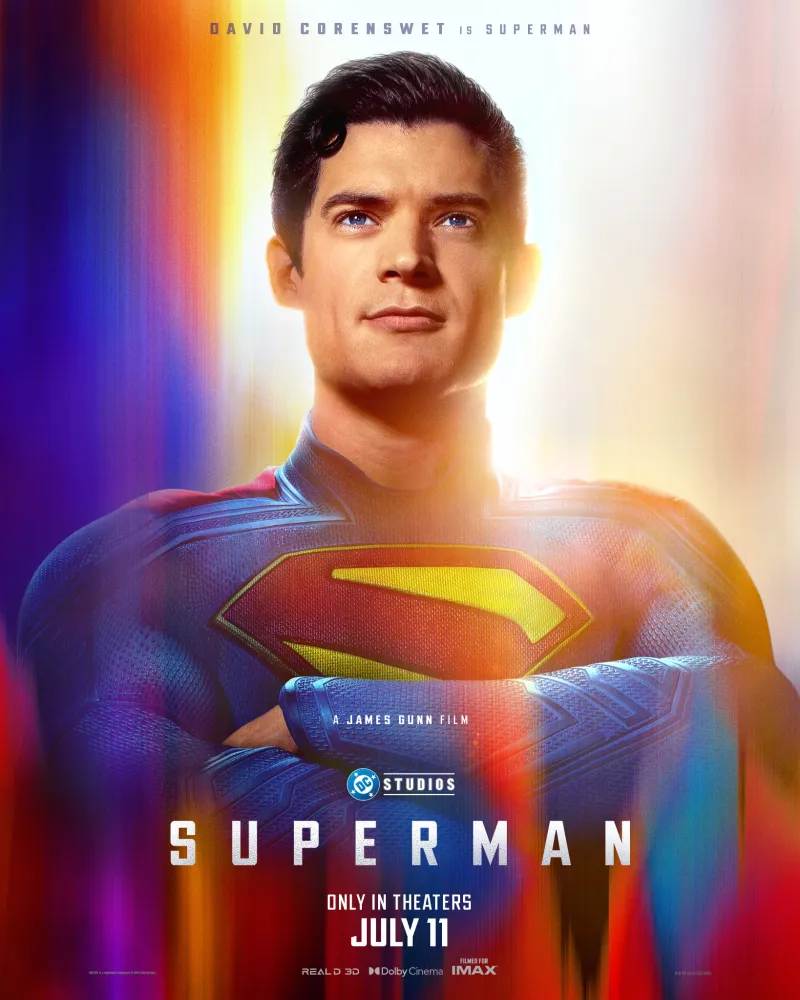This article has been subject to prior review by administration.
Ping!–a new notification. As likes, shares, follows, and posts have encapsulated the lives of Gen Z, their days are filled with endless scrolls and non-stop entertainment. With this ability to infiltrate the lives of young voters, political candidates have used this to their advantage when advertising themselves in the presidential election. With both 2024 presidential candidates using social media, trends, and popular audios, this begs the question: is TikTok the best way for political voices to connect with and influence the younger audience of voters?
Technological advancements have changed lives these last couple of elections, allowing room for conversation about the improvements that social media makes in terms of political marketing. US Social Studies Department Chair and GSI Director Kayla Brazee said, “I think about back in the day when you would just get cold calls from candidates, or you pick up your phone, and it would say ‘No Caller ID,’ and it would be a recording from a candidate.” However, with the changing times, candidates have increased their reliance on social media.
After President Biden stepped down as the democratic nominee for the 2024 election, a report from the Ohio Capital Journal stated that if people were to vote when the report was issued, Harris would sway 50 to 60 percent of the young voters. However, this data doesn’t directly mean her “TikTok marketing” is more helpful than harmful. Director of The Ross Roeder Institute Earl Walton said, “It’s tricky. I think if the older generation was viewing [political candidates’] TikToks, they would lose respect. But, there’s a relatability that’s really important to the younger generation.”
From a Gen Z perspective, junior Nicholas Canizares said, “Using trends makes the political candidate more relatable. However, I feel that it depends on who views it. Someone who is older and not familiar with social media culture would think it’s silly and respect would be lost, but the younger generations would probably like the candidate more if they participated in trends for their marketing.”
With the struggles of catering to both the older and younger generations, it’s important for candidates today to find a balance between the two. Walton said, “Part of me wants to tell [them] to give up on the older generation. With that, I think [they] have to be more serious.”
Harris isn’t the only presidential candidate to incorporate social media marketing into their campaign, as former president Donald Trump has become well-known for his posts on the social media platform X.
Concerns about whether this form of marketing on social media also reaches older generations have been brought to the public’s attention. As fears arise about whether these political TikToks are making it onto people’s feeds, Brazee said “I’m old, so I don’t have TikTok, but I have seen [political candidates] show up on my Instagram feed when I’m doom-scrolling. There will be an occasional ad that pops up, so I’ve definitely seen it.”
So it seems, no matter the age, advertisements are still making their way to all generations. This election has been one of the first to incorporate social media into all aspects of marketing. Even though both candidates cater to different demographics, both rely on social media to spread their messages. Whether it’s TikTok and Instagram, or X and Facebook, politics appears in every corner of the internet, making its way into the eyes of voters no matter their age. Canizares said, “Not only does social media reach different audiences, but it also lets information spread faster…Using trends that our generation follows, it allows the political parties to relate to the population more easily–maybe swaying their vote.”


































![Thespians pose on a staircase at the District IV Thespian Festival. [Front to back] Luca Baker, Maddison Cirino, Tanyiah Ellison, Alex Lewis, Summer Farkas, Jill Marcus, Ella Mathews, Sanjay Sinha, Isabella Jank, Sofia Lee, Boston Littlepage-Santana, Sally Keane, Tyler Biggar, Tanner Johnson, Jasper Hallock-Wishner, Remy de Paris, Alex Jank, Kaelie Dieter, and Daniel Cooper. Photo by Michael McCarthy.](https://spschronicle.org/wp-content/uploads/2024/12/image1-900x1200.jpg)










